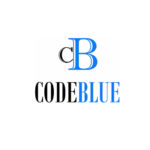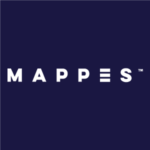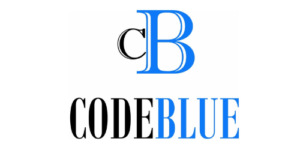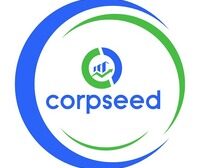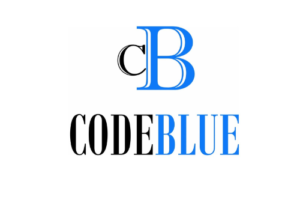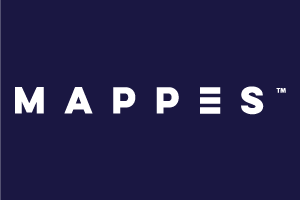Once you’ve acquired the necessary abilities, switching to a career in data analytics may lead to secure work in a lucrative field.
The need for qualified data analysts and scientists grows annually, while the available labour supply falls short. In fact, the US Bureau of Labor Statistics predicts a 23-percent increase in analyst job vacancies between 2021 and 2031, which is much greater than the average employment growth projection of five per cent forecast for all positions in the nation.
But which data-related abilities are in most demand?
The learners of Uniathena’s Diploma in Data Analytics have indicated that these three emerging data science skills are the most sought after and enrolled in. If you want to start a new profession in the rapidly expanding field of data analysis, you should focus on improving these areas first.
Let’s dissect what they are and how to begin studying them.

SQL
Whenever you need to interact with a database, you’ll want to utilise Structured Query Language or SQL. Having an understanding of SQL allows you to do tasks such as modifying data structures, updating information in relational databases, and performing data queries.
Learning SQL is likely the most critical ability to master for a data analyst career, since it is the language most often used to retrieve data stored in a company’s database. Data analyst job interviews often include a SQL-based technical test. SQL, fortunately, is a very simple language to pick up. Opt for Uniathena’s best data analytics courses for beginners to pick up with the language.
Statistical Programming
In contrast to Excel, statistical programming languages like R and Python allow for more Upskilling Online. Writing programs in these languages allows you to more quickly and accurately clean, analyse, and display massive data volumes.
Both languages are freely available, and you should definitely pick up one of them. Which language is best suited for data analysis is a topic of considerable contention. Data science activities are comparable for both languages. Python is more widespread and generally simpler to learn (particularly if it’s your first language), but R was created with analytics in mind.
Data analytics short courses by Uniathena is an excellent introduction to programming for those who have never attempted to write code before. Once you’ve written a basic programme, you may go to creating more sophisticated ones to do tasks like data collection, cleaning, analysis, and visualisation.
Data Visualisation
There is more to data analysis than just drawing conclusions. The ability to convey a compelling narrative using these findings is also crucial for informing better business choices. Fortunately, this is where data visualisation can help out. As a data analyst, you may make your results more accessible by using charts, graphs, maps, and other visual representations of data.
Learning visualisation tools like Tableau is an excellent way to hone your data visualisation abilities. Dashboards, data models, visualisations, and business intelligence reports may all be generated from your research with the help of this industry-standard piece of software. Learn to see your data in a new light by taking Uniathena’s data analytics certificate once you’ve mastered dealing with data and data sets.

